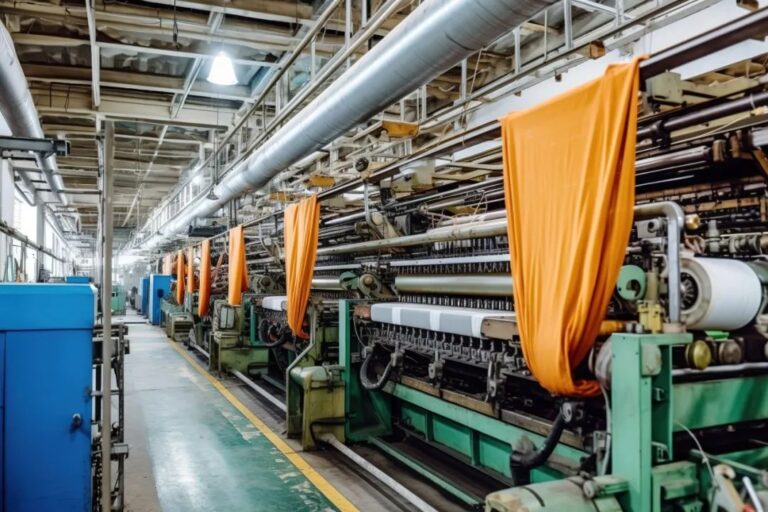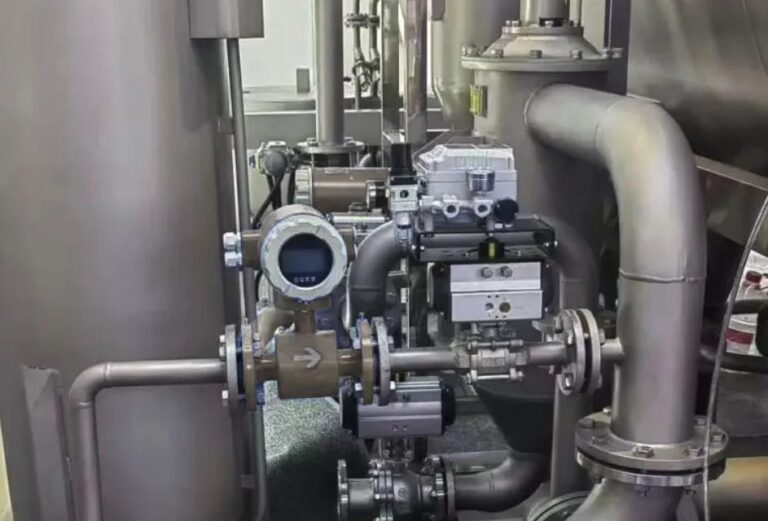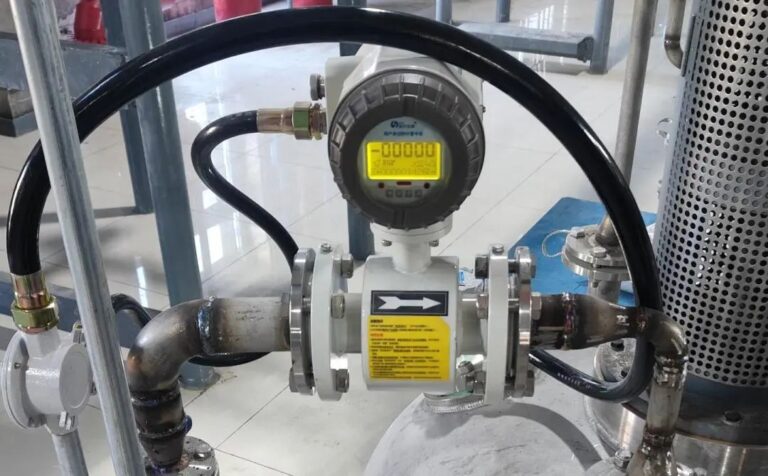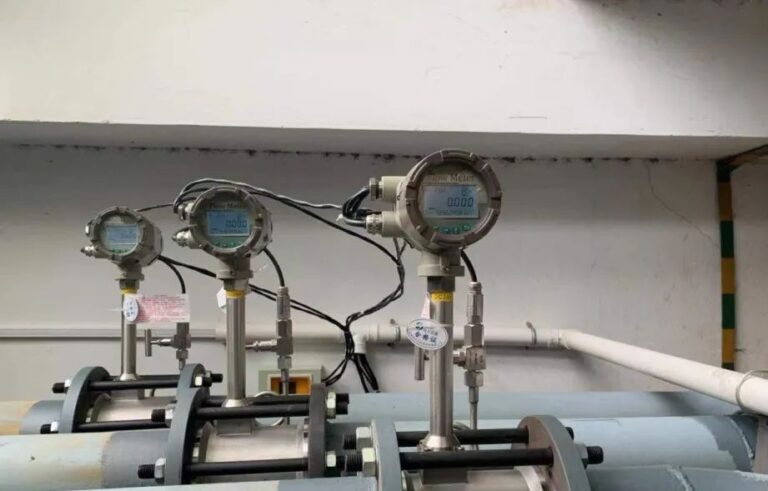Introduction
Energy consumption is one of the highest operational costs in the textile dyeing and finishing industry. The industry is characterized by high energy consumption, significant capital investment, and complex production processes. The dyeing process generally consists of three independent stages: pre-treatment, dyeing, and post-treatment. Each stage requires substantial consumption of water, electricity, steam, and various chemicals. Efficient flow measurement solutions are essential for optimizing energy use and reducing operational costs.
Detailed Process Analysis
1. Pre-treatment Process:
Also known as desizing, this stage aims to remove impurities from the raw fabric. The process involves adding desizing agents into the padding mangle or dyeing vat and treating the fabric under controlled temperatures, followed by high-temperature water rinsing. This step demands significant amounts of water, electricity, and steam.

2. Dyeing Process:
Dyeing involves dissolving dyes, leveling agents, accelerants, fixing agents, and soda ash in the dyeing machine under specific high-temperature conditions. Depending on the type of dye and machinery, the temperature and processing times vary. To improve dye uptake, additional processes such as soaping or reduction cleaning are sometimes required, both of which need to be conducted at 100°C. This stage consumes a large quantity of water, electricity, steam, dyes, and additives while generating considerable wastewater requiring proper treatment.
3. Post-treatment Process:
Post-treatment includes sampling and color matching, dehydration, drying, and setting. These operations consume large amounts of steam, especially during the drying phase, which typically uses cylinder dryers.
Importance of Water Balance Testing
The textile dyeing and finishing industry is classified as a high-energy, high-water consumption, and high-pollution industry. Dyeing machines consume large amounts of water, electricity, and steam. Implementing water balance testing (also known as water-saving diagnostics) systematically measures, records, and analyzes a facility’s water usage. This process identifies water balance relationships and rational water use, enabling targeted measures to enhance water management and improve efficient water use.
For effective water balance testing, it is crucial to establish a comprehensive three-tier water metering system that includes water consumption measurement for various equipment, cooling water, process circulation water, wastewater treatment, and wastewater reuse.

Case Study: Zero Instrument Solution
A dyeing workshop at a textile enterprise in Shandong province required steam flow meters on the main steam pipeline to measure overall steam consumption and assess production costs. The workshop also needed electromagnetic flow meters to measure tap water and caustic soda usage, along with wastewater flow meters to monitor effluents entering the in-house wastewater treatment plant. This setup facilitated departmental cost accounting and fair expense distribution.
After technical discussions and on-site evaluations, it was determined that the workshop operated 15 high-temperature, high-pressure overflow dyeing machines. The dyeing process involved complex procedures, including multiple stages of cooling, washing, alkaline treatment, and dyeing. The process used diverse dyes, pastes, and additives, resulting in wastewater with high volume, organic pollutants, deep coloration, strong alkalinity, and variable quality—posing significant treatment challenges.
To address these issues, corrosion-resistant electromagnetic flow meters were selected to measure return water, cooling water, and tap water. High-temperature-resistant vortex flow meters were chosen for monitoring steam in dryers and pipelines. The system has been successfully implemented, and the enterprise reported that the instruments have operated reliably, providing critical data to support energy savings and cost reduction.
Recommended Products for Field Applications
LDG Series Electromagnetic Flow Meter:
Suitable for measuring conductive liquids, especially wastewater, chemical solutions, and tap water.
Accuracy levels of 0.5% and 0.2%.
Capable of measuring low flow rates down to 0.1 m/s.
Available in diameters from DN4 to DN2000.
Explosion-proof design with IP65 and IP68 protection ratings.
Multiple communication options: RS485, HART, 4G, and NB-IoT.

LUGB Series Vortex Flow Meter:
High sensitivity with precision up to ±1.0%.
Wide measurement range exceeding traditional vortex meters.
No moving parts, resulting in zero pressure loss.
Equipped with anti-interference circuitry and vibration-resistant sensors.
Integrated temperature and pressure sensors for real-time monitoring.
Direct steam flow measurement without external compensation.
Large LCD dual-line display for clear and intuitive readings.
Certified for special equipment production licensing.

Conclusion
Implementing accurate and reliable flow measurement solutions in the textile dyeing and finishing industry is crucial for reducing energy consumption, optimizing water use, and lowering production costs. Through the application of advanced electromagnetic and vortex flow meters, enterprises can achieve efficient energy management and contribute to sustainable industry practices.
